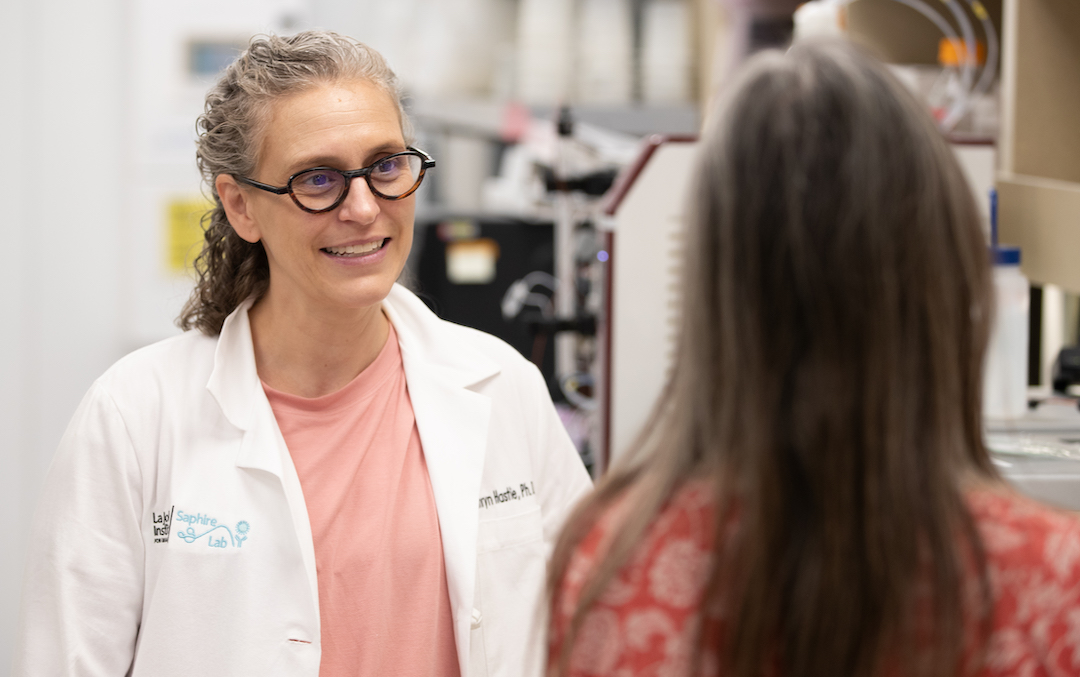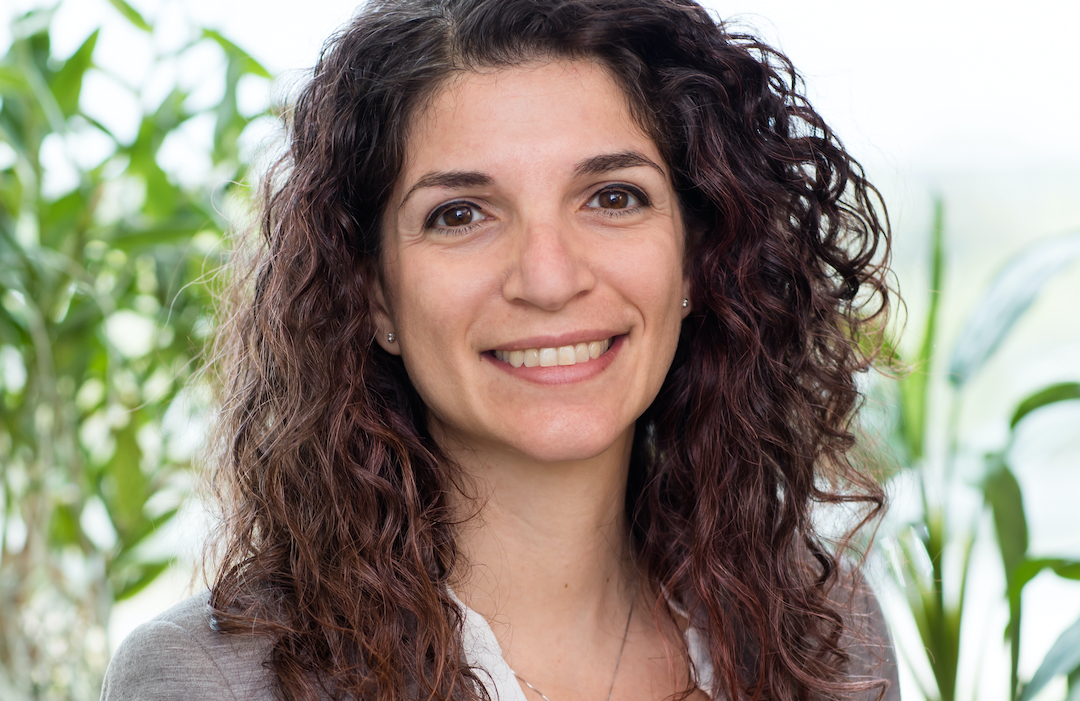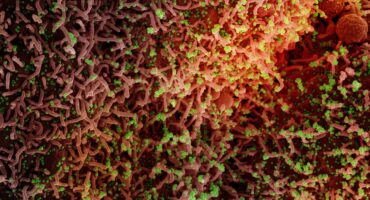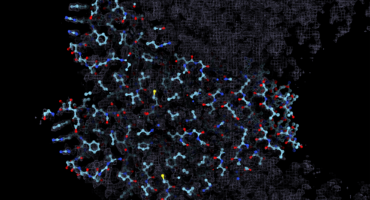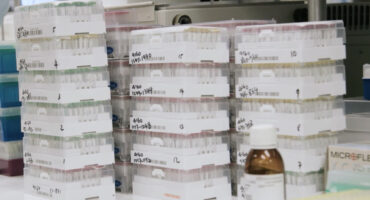Our Approach
Scientists at La Jolla Institute for Immunology (LJI) are working to improve vaccines and therapies against measles and related paramyxoviruses.
LJI Professor, President, and CEO Erica Ollmann Saphire, Ph.D., is studying how rubeola virus makes copies of itself inside infected host cells. Her lab has discovered how a related virus, called Nipah virus, uses several key proteins to assemble its viral proteins and “bud” off from a host cell and further spread the infection through a host. Dr. Saphire’s findings suggest these proteins play the same important roles in rubeola virus infection.
Scientists can use these valuable insights when designing new measles vaccines and therapeutics that halt infection by interrupting the viral life cycle.
Dr. Saphire’s lab is also working to help the scientific community respond more quickly to any future viral pandemic, including a paramyxovirus-related pandemic, by advancing the use of high-resolution imaging technologies. The researchers recently received funding through the Department of Energy’s Biopreparedness Research Virtual Environment (BRaVE) initiative to help accelerate a method called x-ray crystallography, which scientists can use to capture detailed, 3D images of how antibodies target rubeola and other viruses.
LJI Professor Alessandro Sette, Dr.Biol.Sci., and LJI Research Assistant Professor Alba Grifoni, Ph.D., are investigating how T cells recognize and fight paramyxovirus infections. They’ve received funding from CEPI to study the sites, called epitopes, where these viruses are vulnerable to a host’s T cell response.
One valuable tool for this paramyxovirus research is the LJI-hosted Immune Epitope Database (IEDB) which houses T cell data from measles researchers around the world. The IEDB gives scientists a window into how the immune system can target measles and other paramyxoviruses. The IEDB also lets scientists compare T cell responses between species of paramyxoviruses, which is extremely helpful for predicting how the immune system might respond to a future paramyxovirus with pandemic potential.
Learn more
LJI Center for Vaccine Innovation
Article: Alba Grifoni prepares to fight viral pandemics
Article: Delivering better vaccines
